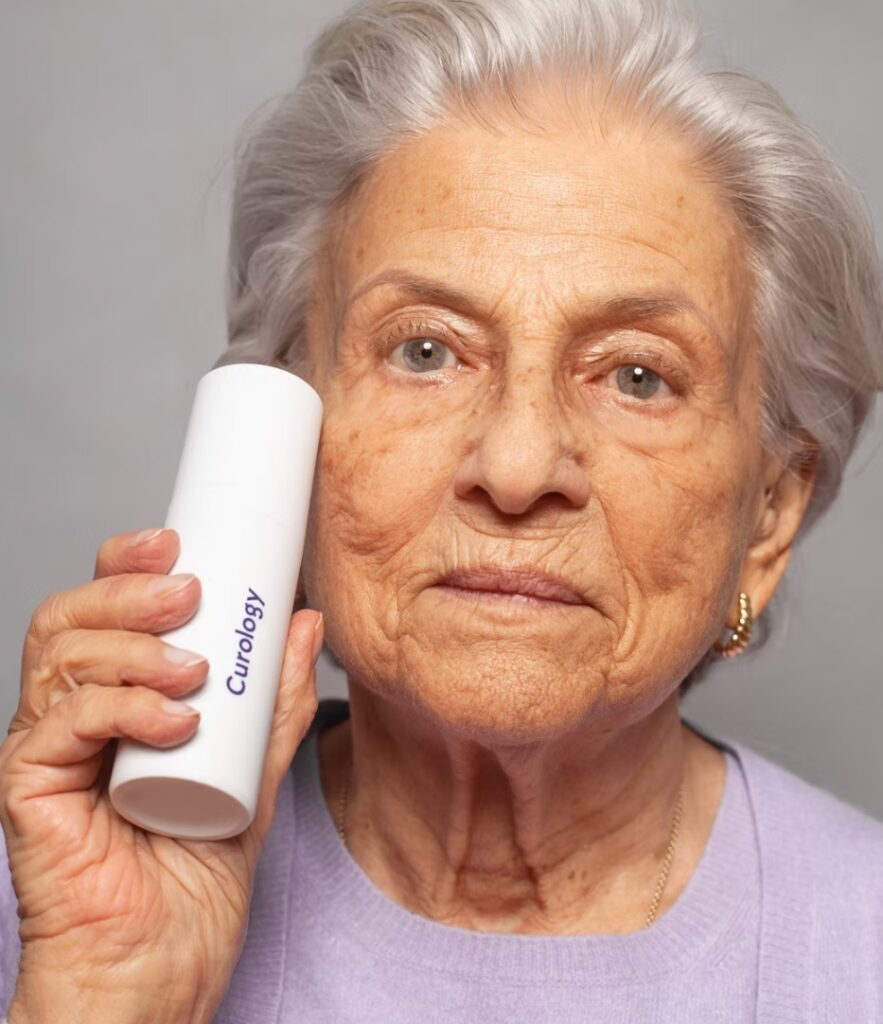A recent study conducted by the American website Healthnews revealed the country where skin ages the fastest by analyzing the environmental conditions of 157 countries worldwide. Notably, Egypt ranked first in this regard. What are the underlying reasons for this classification?
Contrary to what some may believe, skin aging is not only related to the aging process itself. Other factors such as the environment, lifestyle, and overall health play a crucial role in the appearance of wrinkles and skin sagging. The study overseen by Healthnews used six criteria for its classification, including:
Exposure to general solar radiation and ultraviolet rays, levels of fine particulate pollution, concentrations of ozone and nitrogen dioxide, as well as the prevalence of both direct and passive smoking.
Each country in this classification received a score out of 100, with a higher score indicating a stronger impact of environmental factors on skin aging.
Egypt ranks first.

The results of this study showed that the land of the pyramids is the place with the fastest skin aging globally due to its harsh environmental conditions. Egypt recorded the highest environmental index for skin aging in this classification, reaching a score of 81.67. Several factors contribute to this reality, including strong sunlight, which is primarily responsible for photoaging and accelerates the appearance of wrinkles and pigmentation. Additionally, air pollution is a significant issue, with the country ranking fifth in fine particulate pollution and eleventh in ozone pollution.

These pollutants increase oxidative stress, leading to accelerated damage to collagen fibers and loss of skin elasticity. Finally, elevated levels of nitrogen dioxide in the air contribute to creating an environment conducive to skin inflammation and the appearance of blemishes.
Other countries that are also significantly affected by environmental skin aging include Qatar and Saudi Arabia, which have similar levels of pollution and sun exposure. Following them are Chile, Yemen, Niger, Bahrain, Kuwait, Chad, Jordan, Pakistan, Afghanistan, Mauritania, and Eritrea.
While it may be impossible to change the weather or air quality in these regions, some simple daily habits can help mitigate damage in this area, such as moisturizing the skin, using sunscreen when exposed to direct sunlight, applying skincare products rich in antioxidants, and minimizing exposure to pollutants.
The environmental conditions in various regions of the world have a direct impact on the acceleration of skin aging.

- Desert countries or those with hot and dry climates, such as some Middle Eastern countries and regions of Africa: These areas may experience faster skin aging due to excessive sun exposure, which causes early skin aging, wrinkles, and dark spots.
- Countries with high environmental pollution: In major cities in China, India, and some European cities, the skin can be negatively affected by the environment. Air pollution leads to the accumulation of free radicals on the skin’s surface, accelerating the aging process.
- Countries with unhealthy dietary habits: Nations that rely on a diet rich in processed foods, such as fast food or sugary items, may see faster skin aging. Poor nutrition affects skin health and contributes to the early appearance of fine lines and wrinkles.
- Countries with high levels of psychological stress: Chronic stress can also impact skin health, as the body produces stress hormones like cortisol, which destroys collagen fibers in the skin. Countries with high work demands and daily stressors, such as Japan and some American and European countries, may suffer from effects that lead to accelerated skin aging.
